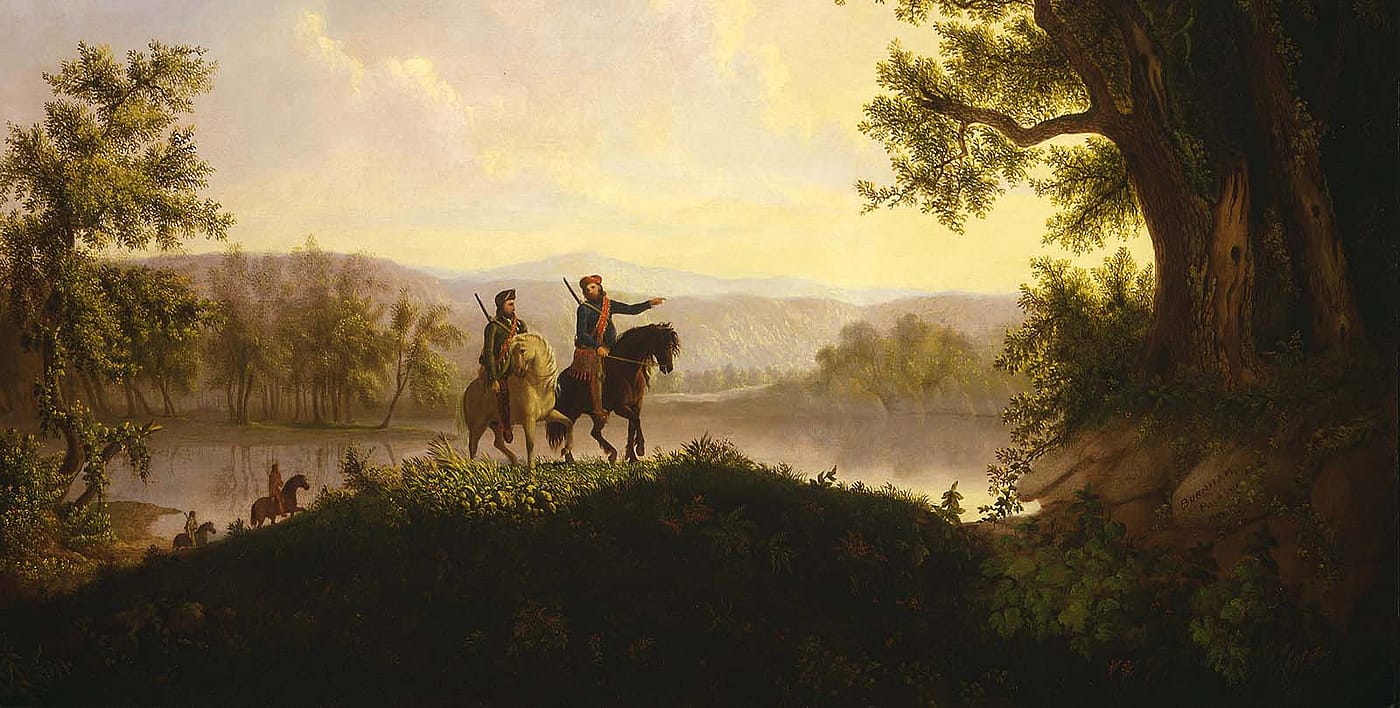
Collection Connections with the Corps of Discovery – Points West Online
Originally published in Points West magazine
Summer 2009
Collection Connections with the Corps of Discovery
By Christine C. Brindza
In 1804, President Thomas Jefferson chose Meriwether Lewis and his friend, William Clark, to lead the Corps of Discovery to explore the lands of the Louisiana Purchase. Lewis and Clark’s overall mission was to find and map the most direct and practical route to the Pacific Ocean. They simultaneously acted as navigators, scientists, and diplomats. Not only were Lewis and Clark supposed to survey the land, but also collect various flora and fauna, take extensive notes about the environment, and build relationships with other cultures they encountered along the way.
At any given moment, they had to be prepared for unexpected or dangerous situations. Wildlife, hostile Native peoples, and treacherous territory could have ended it all. Luckily, after well over two years, the Corps of Discovery had reached the Pacific and returned to St. Louis. Without the help of Indian woman and interpreter Sacagawea, guides, and other people who helped the expedition, it would not have succeeded.
Artists continue to be fascinated by the Corps of Discovery. In fact, there are numerous representations of Captains Lewis and Clark, Sacagawea (Sacajawea), and the events of the historic crossing of the great North American continent. The Whitney Western Art Museum collection contains various works of art, both historical and contemporary, commemorating the Corps.
Sacagawea by Harry Jackson
Harry Jackson’s monumental sculpture of Sacagawea is on display in the Cashman Greever Garden at the Buffalo Bill Center of the West. Sacagawea, the Indian woman who traveled with the Corps of Discovery, served as an interpreter. She was also the mother of young Jean Baptiste, who journeyed the entire route with her to the Pacific Ocean.
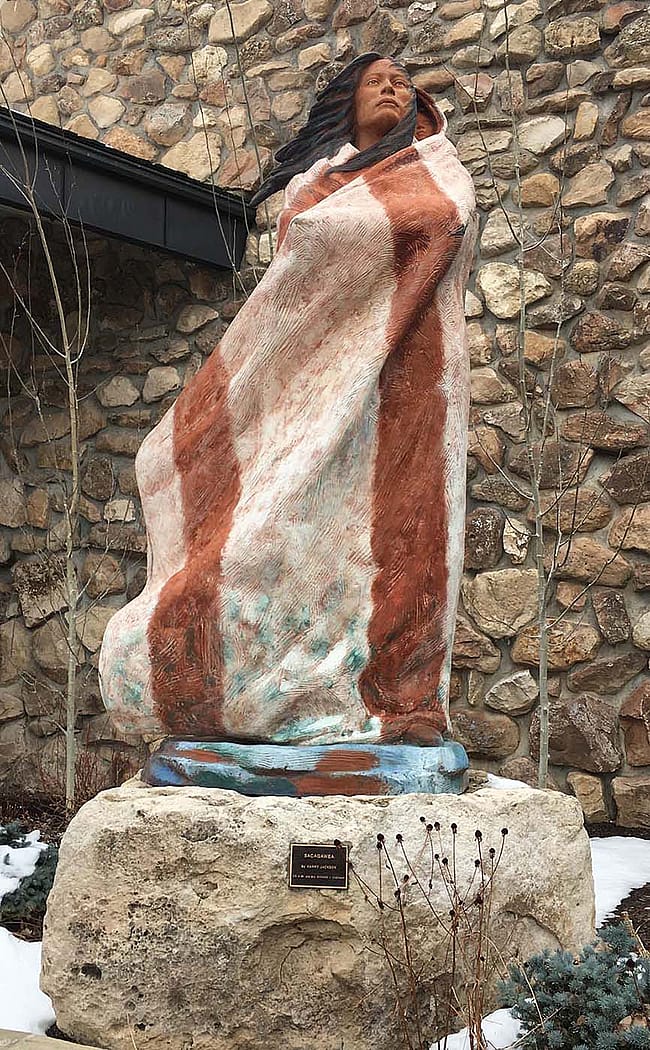
Bird Woman (Sacajawea) by Richard V. Greeves
An outdoor sculpture at the Buffalo Bill Center of the West, this bronze represents the Indian woman, Sacajawea. Her name is often spelled in different ways according to the tribe to which she is believed to belong. In the Hidatsa language, her name means “Bird Woman.”
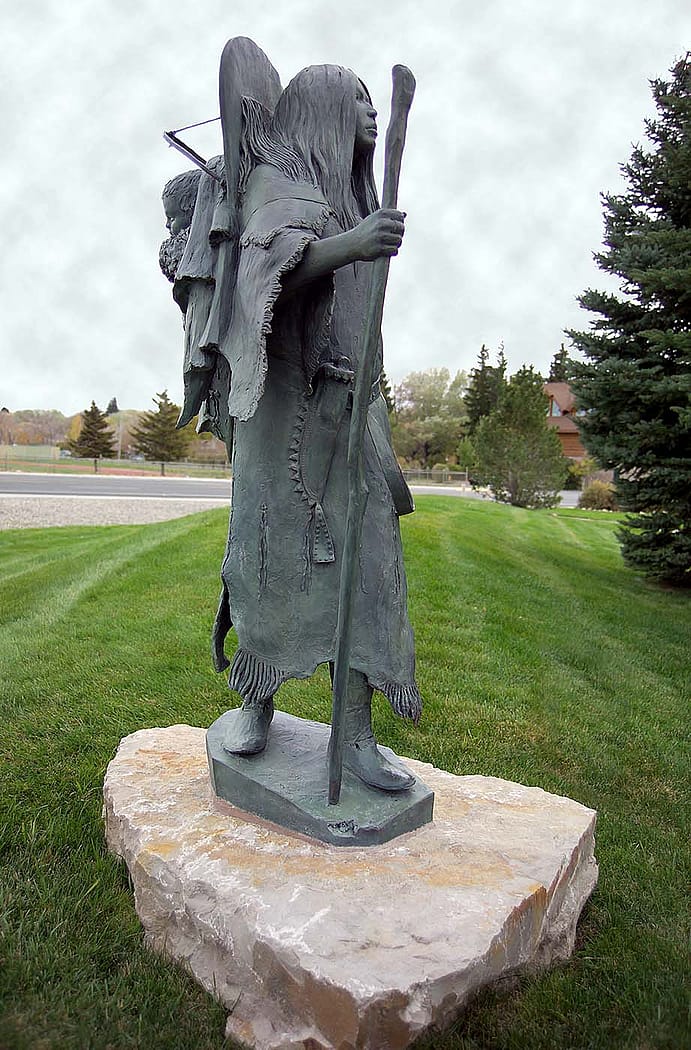
Lewis and Clark and Sacajawea by Henry Lion
This sculpture commemorates the Corps of Discovery’s exploration of the territory acquired by the United States government through the Louisiana Purchase. The most famous figures from this expedition are conveyed in bronze: Meriwether Lewis, William Clark, and Sacajawea.
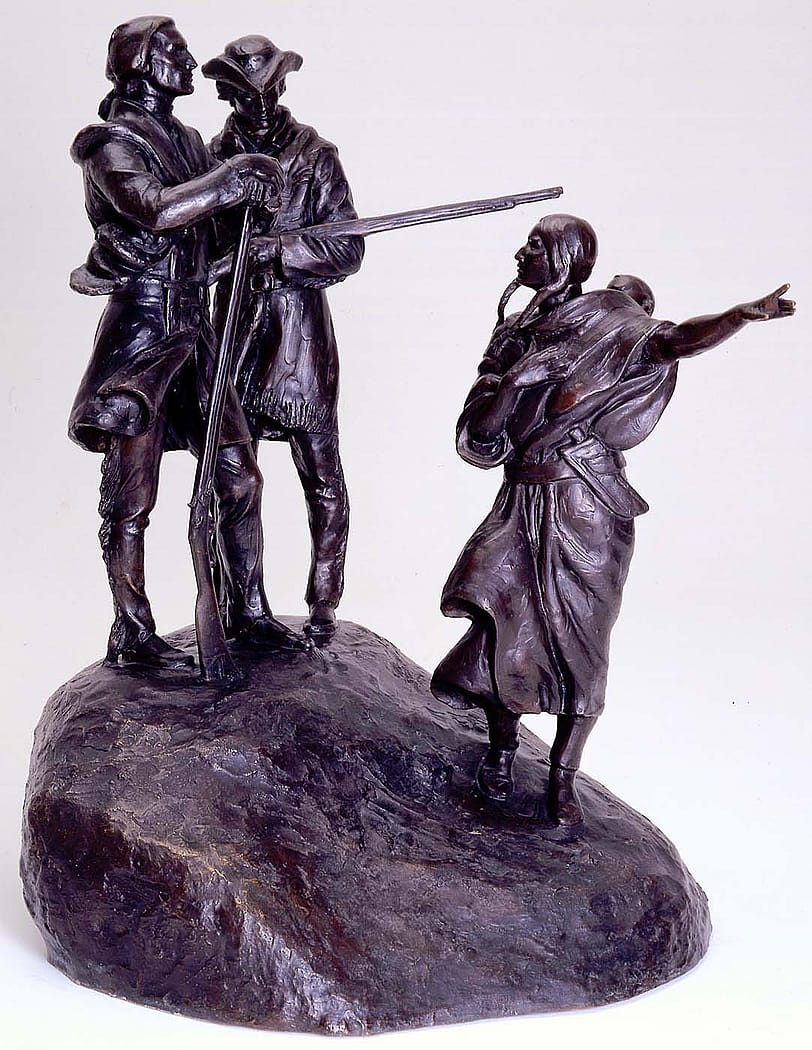
The Lewis and Clark Expedition by Thomas Mickell Burnham
Artists of the nineteenth century often romanticized scenery of the West. Thomas Burnham depicted Lewis and Clark in a lush, idyllic landscape that portrays the West as a type of Garden of Eden.
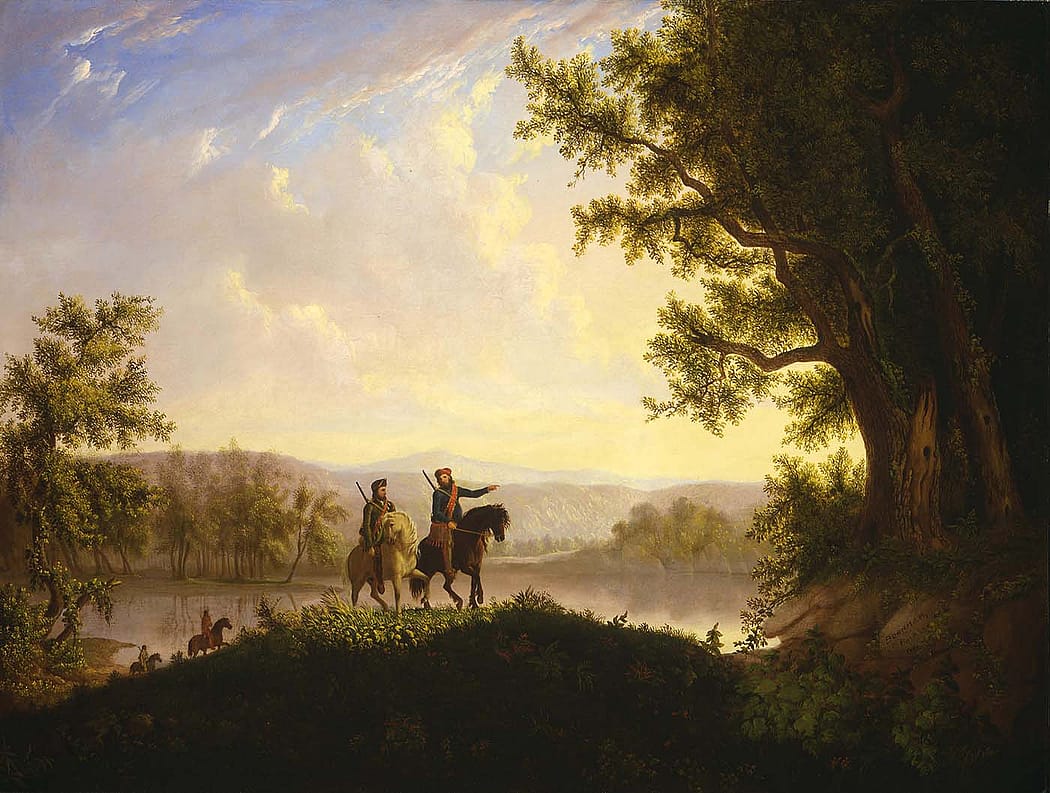
Post 307
Written By
Nancy McClure
Nancy now does Grants & Foundations Relations for the Center of the West's Development Department, but was formerly the Content Producer for the Center's Public Relations Department, where her work included writing and updating website content, publicizing events, copy editing, working with images, and producing the e-newsletter Western Wire. Her current job is seeking and applying for funding from government grants and private foundations. In her spare time, Nancy enjoys photography, reading, flower gardening, and playing the flute.









